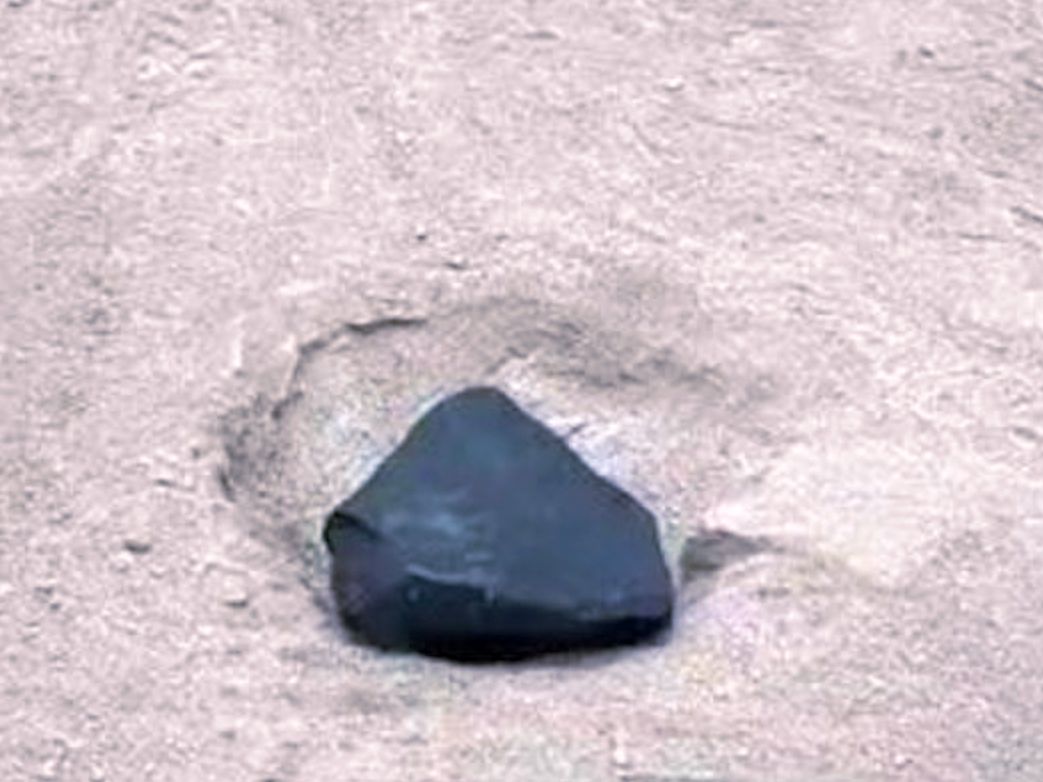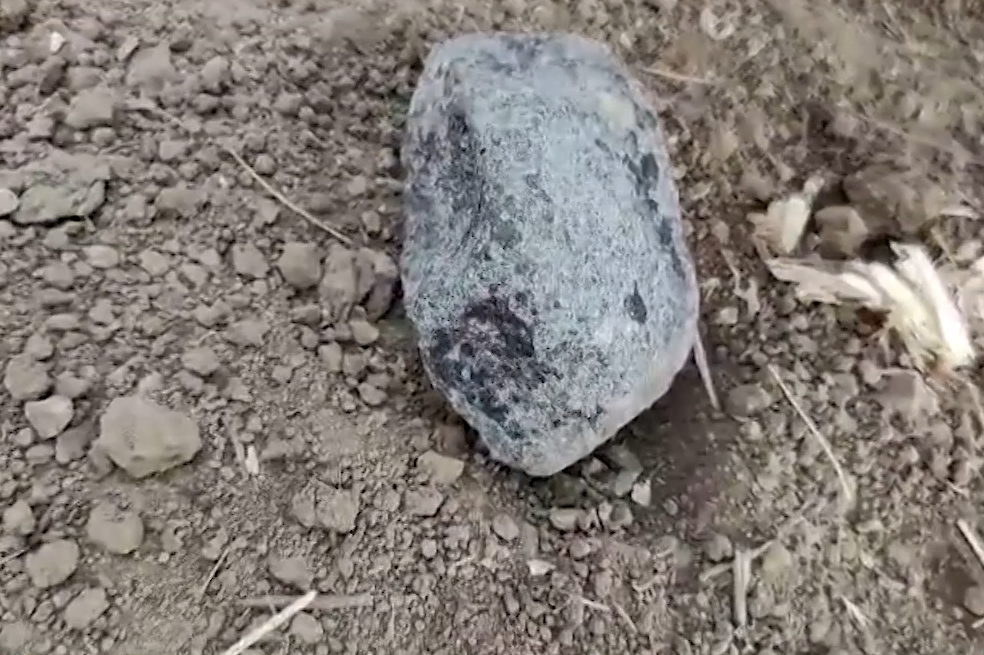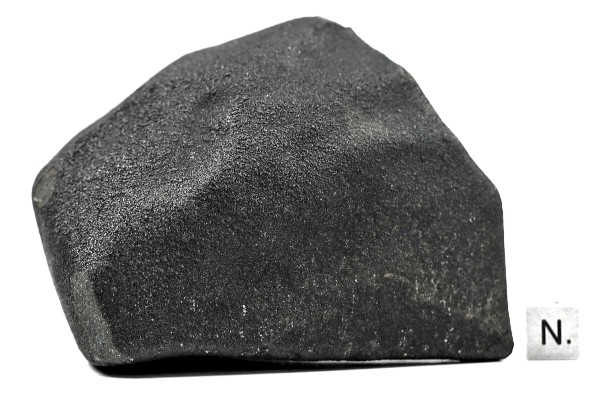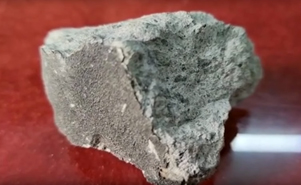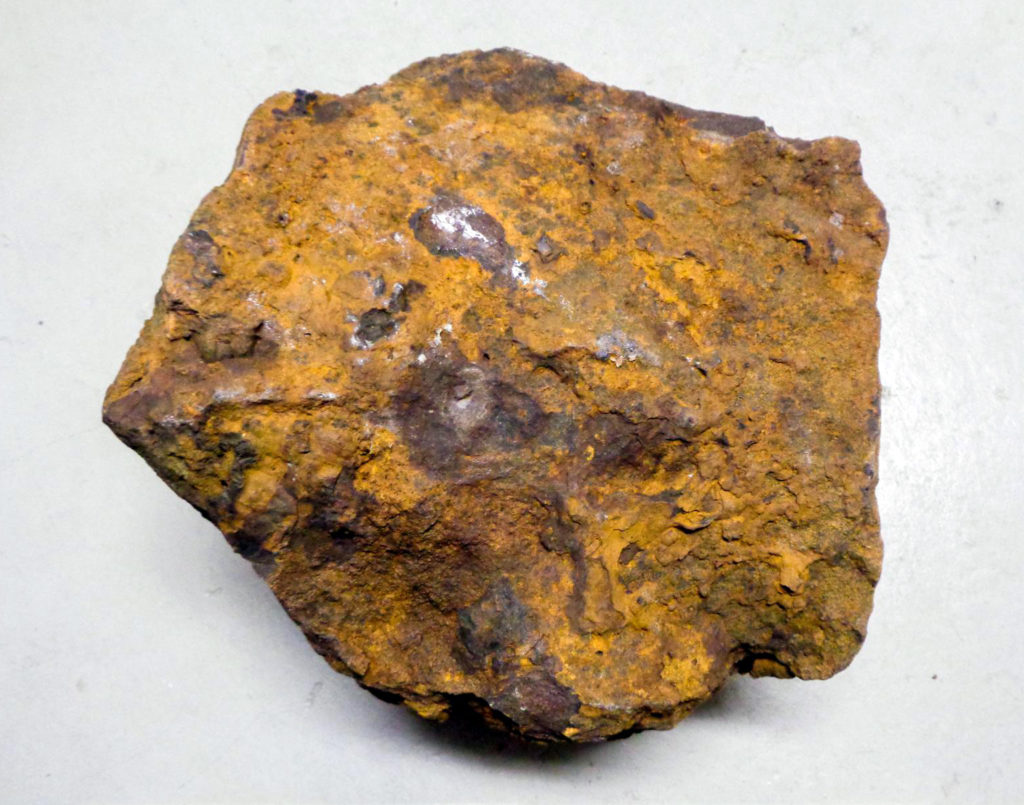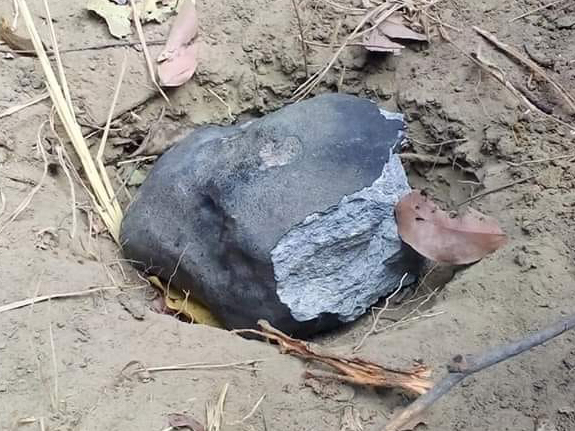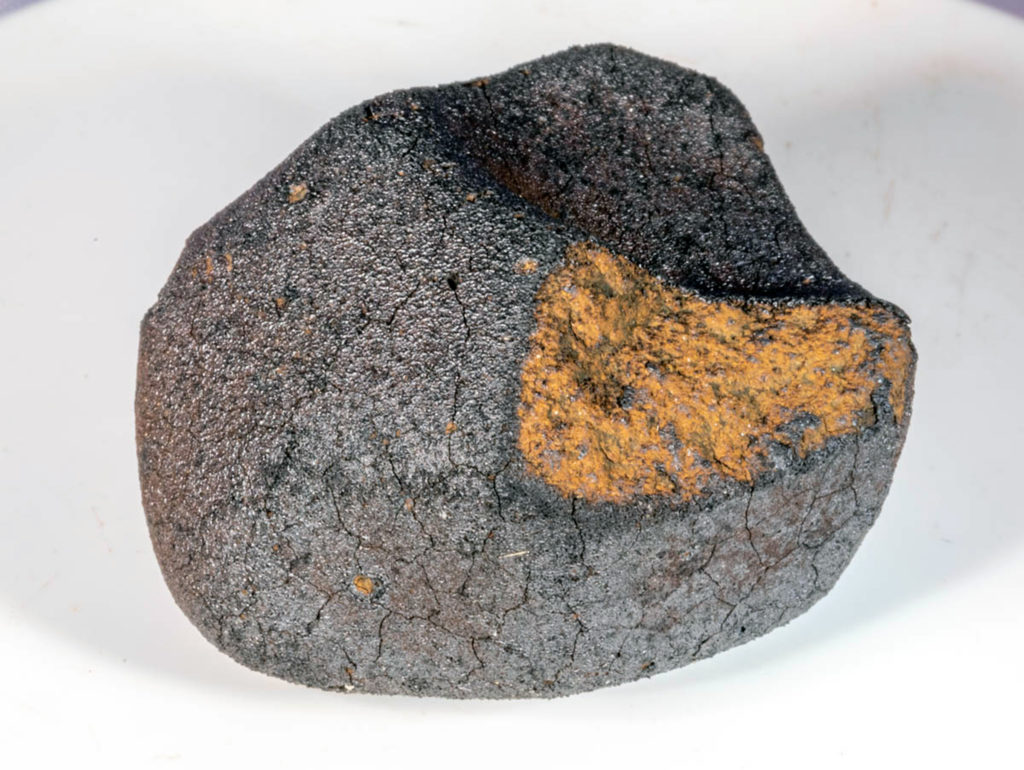Meteorite-common amino acid induces clay exfoliation and abiotic compartment formationOPEN ACCESS
Orr Rose Bezaly, Annemieke Petrignani & Helen E. King
Communications Earth & Environment, Volume 6, Article number: 435
LINK (OPEN ACCESS)
PDF (OPEN ACCESS)
“Clay surfaces have been invoked as crucial components in the origin of life processes due to their ability to concentrate organics and abiotically catalyse (bio)polymer production. Still, the importance of the mutual nature of organo-clay interactions and the effects of off-world organics in this interplay is a largely unexplored realm. We demonstrate a previously unrecognised phenomenon that occurs upon the transient interaction of montmorillonite clay with the meteorite-common, non-proteinogenic γ-aminobutyric acid. Attenuated total reflectance Fourier transform infrared spectroscopy and X-ray diffraction show that an irreversible structural change is induced by the off-world species. A distinct partial clay exfoliation is correlated with the formation of nanoscale cavities in the mid-layers of the original structure, observable using transmission electron microscopy. This work demonstrates that an exogenous amino acid can alter clay and introduce 3D confined nano-environments, which may facilitate compartmentalisation in prebiotic times. Our findings also highlight new sustainable nanocomposite synthesis routes applicable in environmental/materials sciences.”

